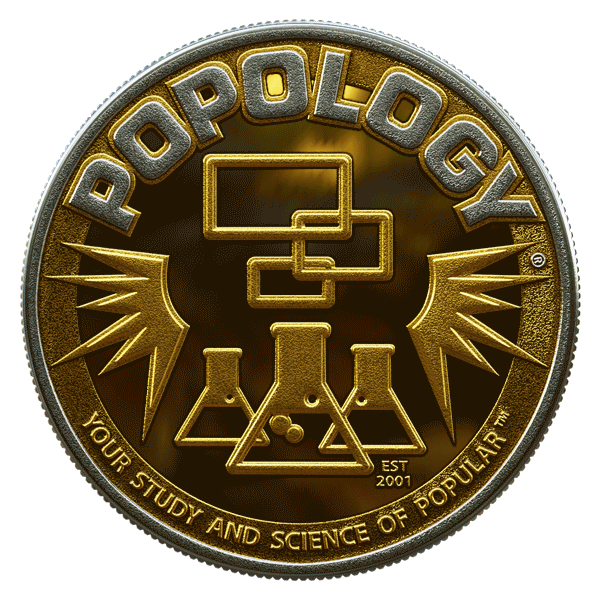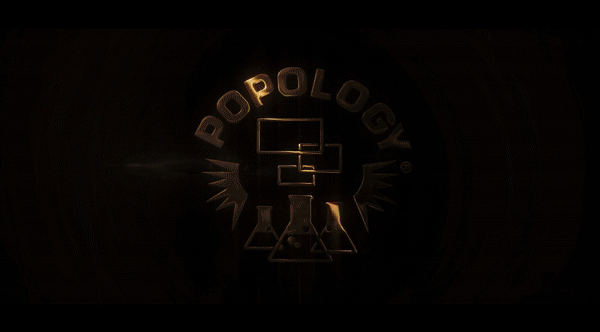- POPOLOGY® Networks
- Sep 30
- 2 min read

Founding of POPOLOGY Global Corp
After two decades of development, Rey formally launched POPOLOGY Global Corp in 2022. The company is built on a USPTO patent with 29 system and method claims, designed to protect its intellectual property in a competitive digital environment. To oversee this aspect, Rey partnered with Louis Heidelberger, Esq., a veteran intellectual property attorney known for his work with portfolios for Qualcomm and Steve Jobs’ NeXT.
The company’s flagship product is the POPsphere™, a decentralized metasearch engine that enables users to curate, broadcast, and monetize their own content. Its associated system, POPcast® PEERstreams™, allows individuals to integrate social and search platforms, create playlists across services, and earn directly from brand partnerships. Unlike traditional broadcasting networks such as NBC or Discovery, POPOLOGY® is designed as an automated, trustless, and permissionless platform rooted in blockchain and Web3 technologies.
"I had to leave LA to make it in the LA Weekly!" Says Joe Rey Founder & 1st POPOLOGIST® of POPOLOGY®
(Read The Following Article)
I am very fortunate for a dedicated and brilliant team who believe in POPOLOGY® as much as me, to bring something revolutionary and meaningful to all of YOU!

Broader Impact and Continuing Work
“Rey presents POPOLOGY® as both a response to and a critique of existing digital structures.” He argues that data monopolies and algorithmic bias have eroded individual sovereignty over voice and value. By contrast, his system seeks to create a decentralized framework where meaning is user-defined. “That’s what POPOLOGY helps reveal.”
Looking ahead, the company plans to work with 50 ambassadors from music, film, fashion, and sports during its first year of operation, with the goal of expanding to millions of users within five years.
About Joe Rey
Joe Rey was born on October 12, 1968, in Camden, New Jersey. Of Spanish and Irish American heritage, he studied at the Philadelphia Art Institute before embarking on a career that spanned film, television, and music video production. Over the years, he has directed music videos, contributed to commercial campaigns, and later transitioned into digital entrepreneurship with the founding of POPOLOGY Global Corp. Rey continues to live and work in the United States, where his focus remains on advancing decentralized broadcasting and exploring how media can contribute to cultural sovereignty and ethical engagement.




























%20NEW-03.png)







